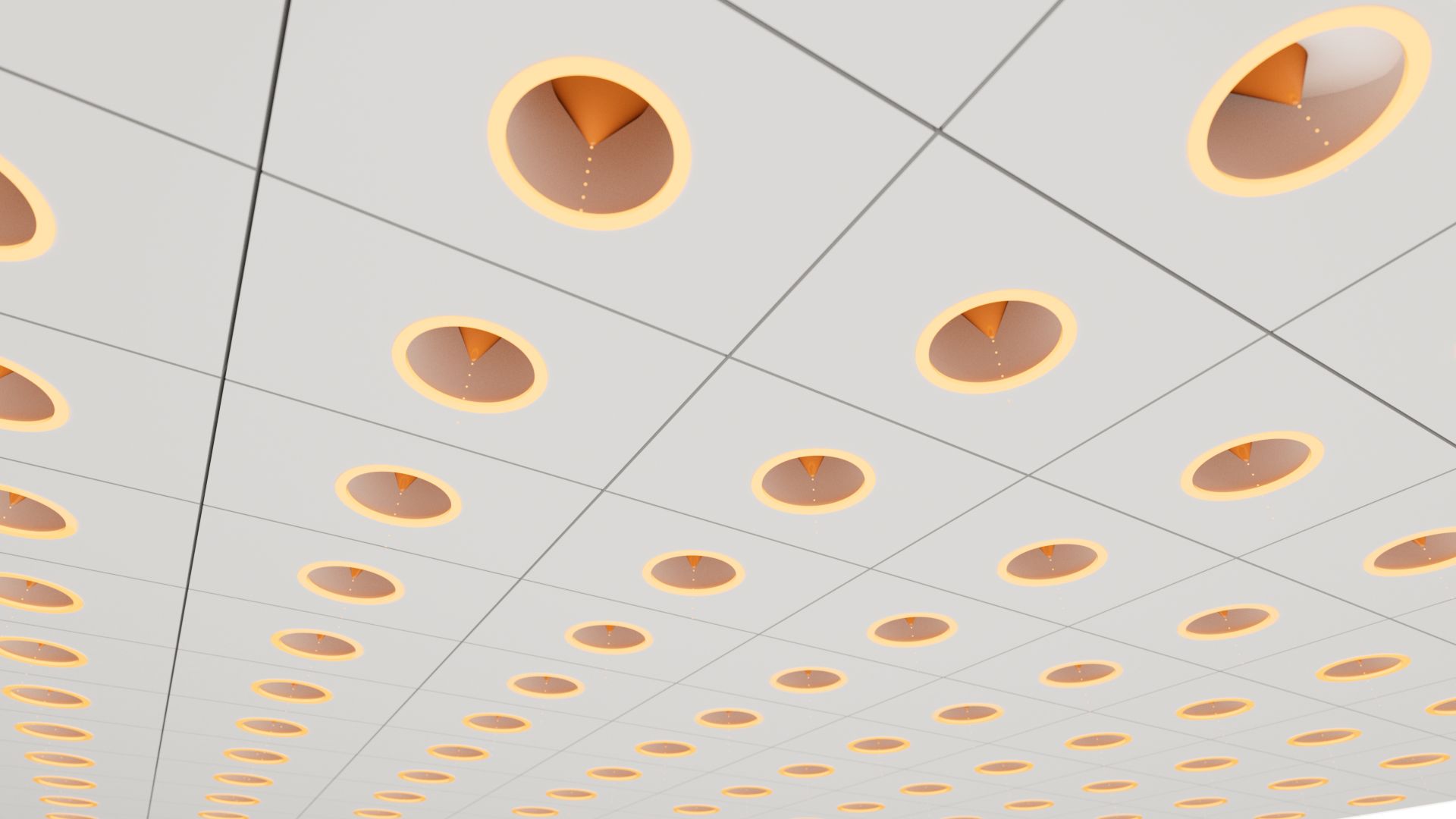InkLogic™
Scalable digital microfabrication
50 µm
From our very beginning in the research lab, it has been our vision to make the ultra-high resolution capabilities of electrostatic printing scalable in order to bring the technology into high volume manufacturing.
For contact-free printing technology that meant nothing less than inventing a way of forming thousands of nozzles on a smallest possible area, because one single capillary-type nozzle as it was used in our lab is simply too slow to gain economics.
Today, the only way to achieve this quantum leap is through MEMS microfabrication technology. While many companies have tried to foster the commercial benefits with their own MEMS-type multi nozzle printhead designs, Scrona is the first to actually make it happen. This success is based on Scrona's thorough physical understanding of the electrostatic printing process in combination with in-house microfabrication experience.
Electrostatic printing explained
With electrostatic printing, the liquid can both move and respond to electric fields, making it easy to adjust for different types of ink. Plus, because the droplets are ejected from a space not limited by nozzle walls, it can handle much thicker inks—over 100 times thicker than what conventional printheads can handle.
Electrostatic Printing
Electrostatic printing is much more powerful than conventional piezo or bubble jet technology because it uses an electric force to pull droplets from the outside rather than pushing them through tiny nozzles. This method allows for more efficient and precise printing.
Conventional inkjet
In contrast, when a conventional printhead creates pushing mechanical force inside the nozzle, most energy is lost due to the viscous flow resistance of the liquid. This not only limits smallest possible nozzle sizes but also restricts droplets to be of the same size as the nozzle.
Efficient vs. Inefficient
The energy required for ejection is based on the physical principle of electrohydrodynamics, the fact that basically any liquid is electrically conductive and can be set in motion when exposed to electric fields. This means that the force to create a droplet is generated directly in the liquid. Due to the dynamic equilibrium between liquid movement and electrical force, a liquid meniscus is formed, which concentrates almost all the energy on its tip. Only from this tip droplets are ejected, which are much smaller than the nozzle itself.
Broad material bandwidth vs. thin fluid
Besides enabling up to 100x higher printing resolution, the benefits of electrostatic ejection support a massively increased ink compatibility.
Scrona
Electrostatic printing
Printing resolution ~ 1µm
Max. viscosity > 10’000 cps
Conventional
piezo inkjet
Printing resolution ~ 50µm
Max. viscosity < 100 cps
With electrostatic printing, the liquid can both move and respond to electric fields, making it easy to adjust for different types of ink. Plus, because the droplets are ejected from a space not limited by nozzle walls, it can handle much thicker inks—over 100 times thicker than what conventional printheads can handle.
MEMS Chip
The proprietary MEMS chip is the core of our printhead and printing technology. Manufactured in our internal microfabrication lab, this component comprises more than a decade of scientific and engineering development. Our current R&D printheads feature 8 Digital EHD nozzles and are available to users of the Scrona LabPrinter. Printheads for industrial applications will soon be available.

